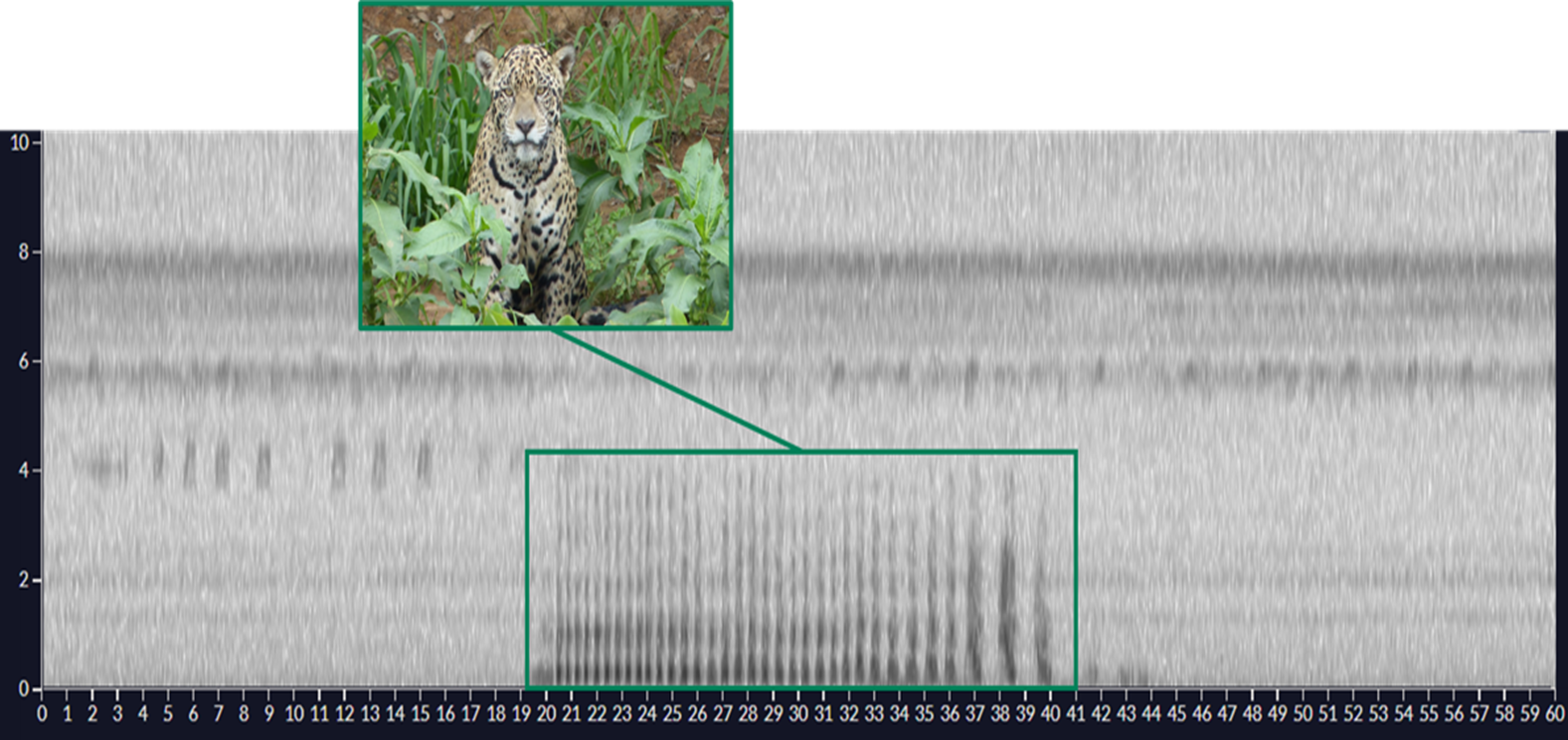

The acoustic component of the project holds special significance, as it played a pivotal role in the automatic detection of over 138 species, with 95 of them being integrated into our pattern matching algorithms. This forms a robust foundation for the continuous monitoring of the region over the upcoming years, allowing us to observe how various environmental factors influence species presence
Our success in species detection was made possible through the data collected from the devices and the strategic partnerships we established, particularly with Rainforest Connection. Additionally, local experts played a crucial role in validating species presence.
The integrated passive acoustic monitoring combined with AI techniques allowed for the identification of 95 species. There is a positive correlation between species richness and low-canopy forest cover. Furthermore, the soundscape analyses revealed variations tied to different seasons and habitat types. However, the pilot encountered the challenge of limited training data for rare species. To mitigate this, we conducted multiple rounds of sensor deployment across various seasons.